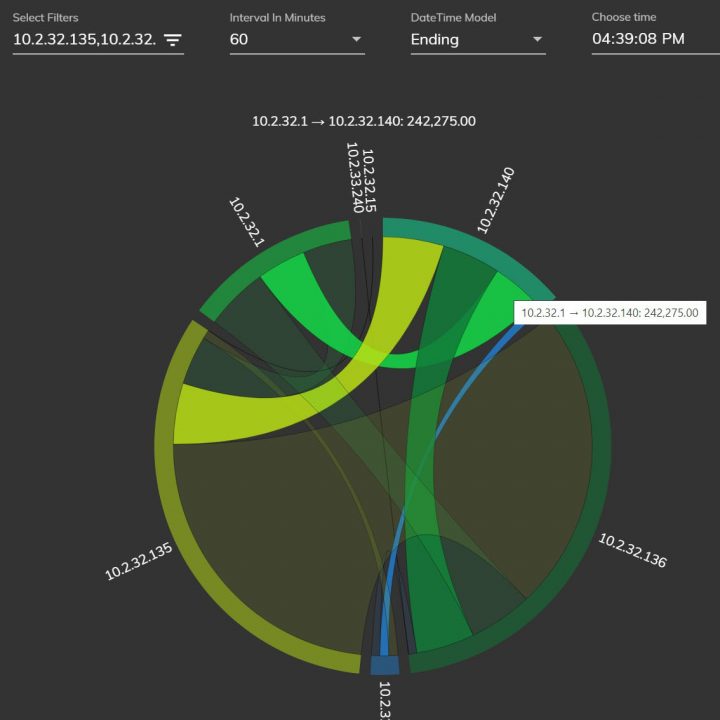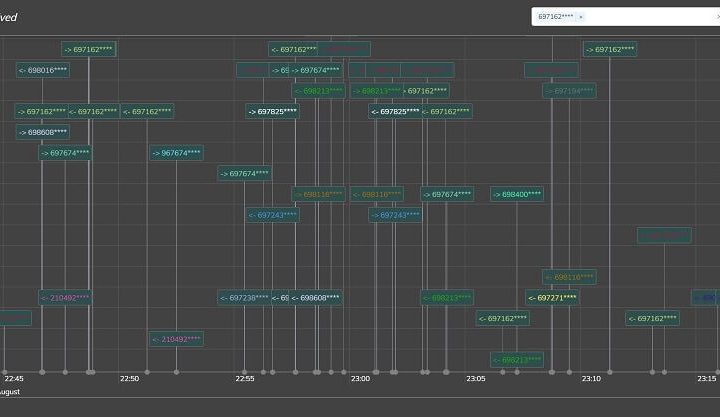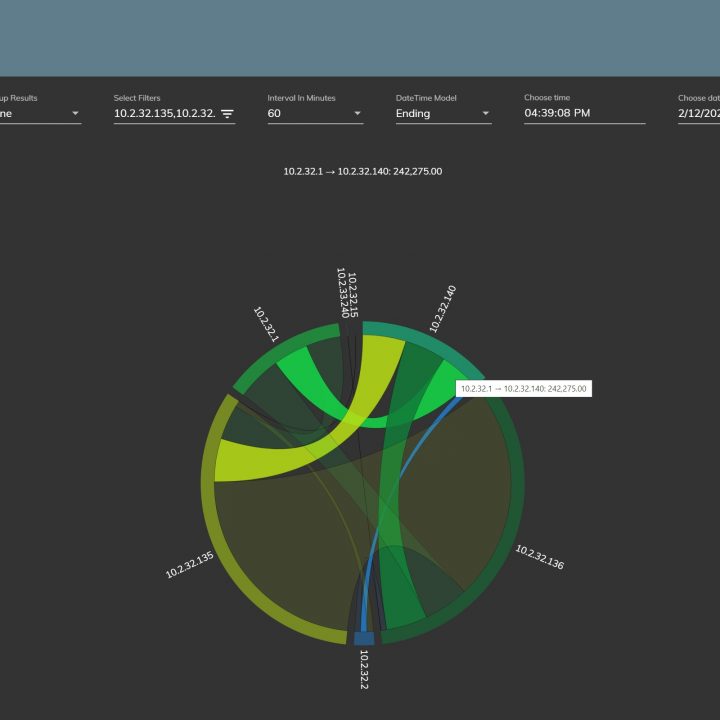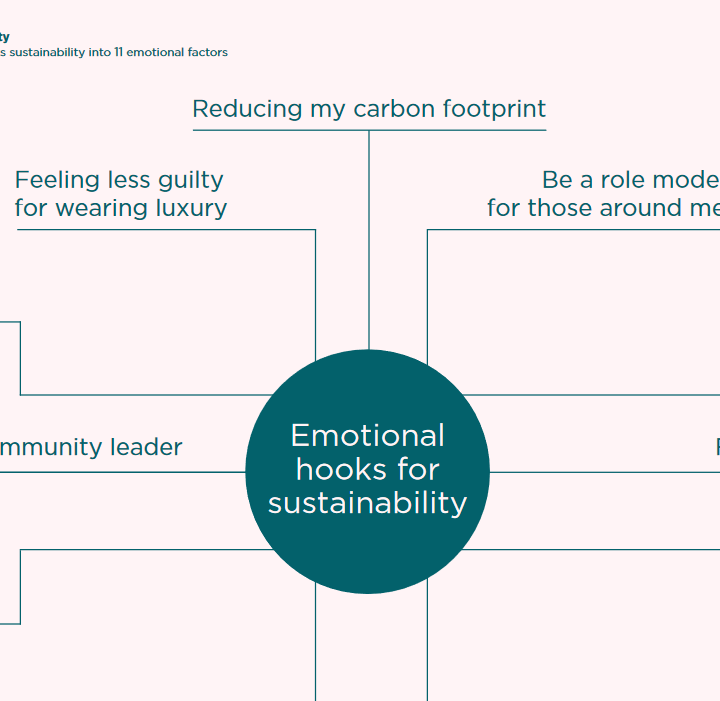The future of Circular Fashion.
Assessing the viability of circular business models
By: Fashion for Good and Accenture
Published: 2020
Access full report here.
Executive Summary abstract
CONTEXT
The fashion industry is not sustainable in its current form. The environmental footprint is accelerating due to raw material consumption, pollution and waste. The need for a more circular system, where garments and materials are reused, is urgent. Some progress has already been made:
- Brands and retailers are experimenting with new materials and take-back schemes.
- Consumers are increasingly aware of the environmental impact of the industry and expecting new solutions.
- Policy is beginning to tackle some of the key waste challenges.
Unfortunately, the scale of this progress is not yet sufficient to offset consumption growth and reduce the environmental impact. Circular business models can enable brands to decouple growth from the use of scarce and finite resources. But there are significant barriers to adoption. These include the complexity and operational risk of circular models and a lack of clear evidence on long-term financial viability. These barriers are particularly relevant for established retailers currently operating a successful linear model, with many uncertain about how to best implement a new circular economy approach.
FINDINGS
There is a strong case to explore circular business models. All three of the models explored can be financially viable for existing fashion retailers, presenting
opportunities that could drive a higher margin per garment compared to the current linear model – the baseline. Rental appears to be very attractive in higher-value segments, Subscription-Rental has consistently strong potential, while Recommerce appears to be the most financially attractive of the models analysed. The margin potential varies significantly by segment. Luxury would appear to represent the biggest opportunity, while new variable costs associated with each model make the Value Market consistently challenging.
The findings of this report challenge value retailers to innovate low-cost fulfilment channels, to get better data on garment durability, to implement changes in product design to improve quality, and to change the perception of low-cost fashion as disposable. For the Mid-Market and Premium segments, financial viability is very sensitive based on a few key levers.
Circular business models can also drive value by improving customer engagement and retention. The visibility of customers’ product usage data available through these models may also provide advantages for circular models over traditional retail. Each of the models has the potential to fundamentally change the commercial incentives of the fashion industry. It could shift from a volume focus to an industry that is incentivised on quality – in which garment durability and number of uses wouldbecome the critical enablers of commercial viability. These benefits are not however
guaranteed, and new business models must be designed with an explicit sustainability
focus to recognise the potential environmental benefits.





















